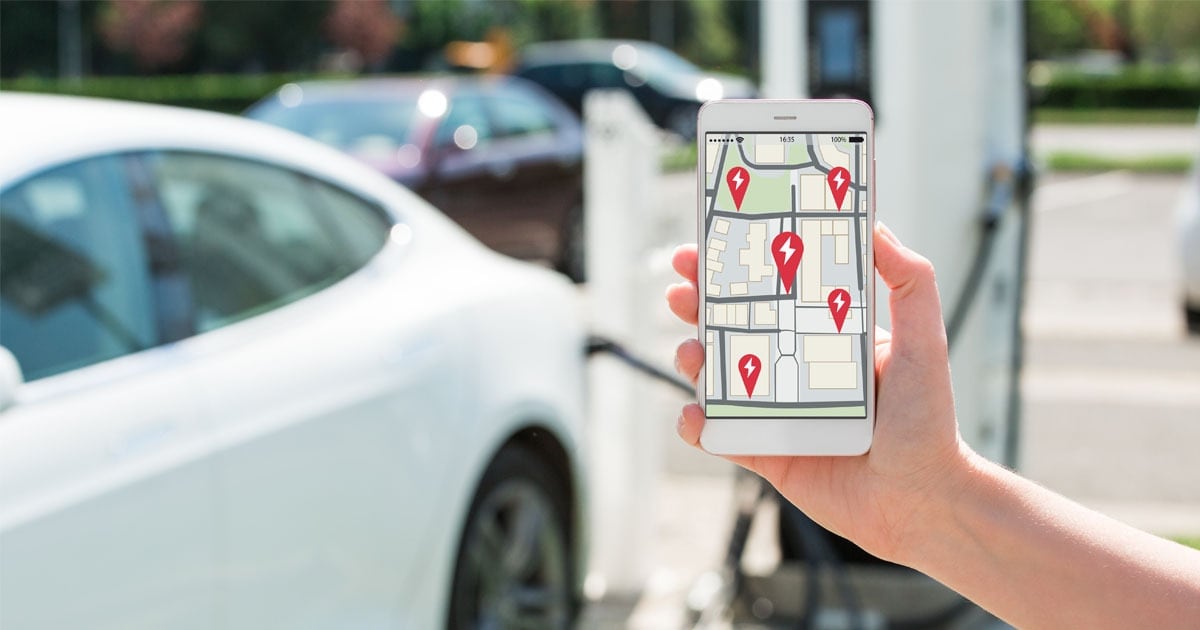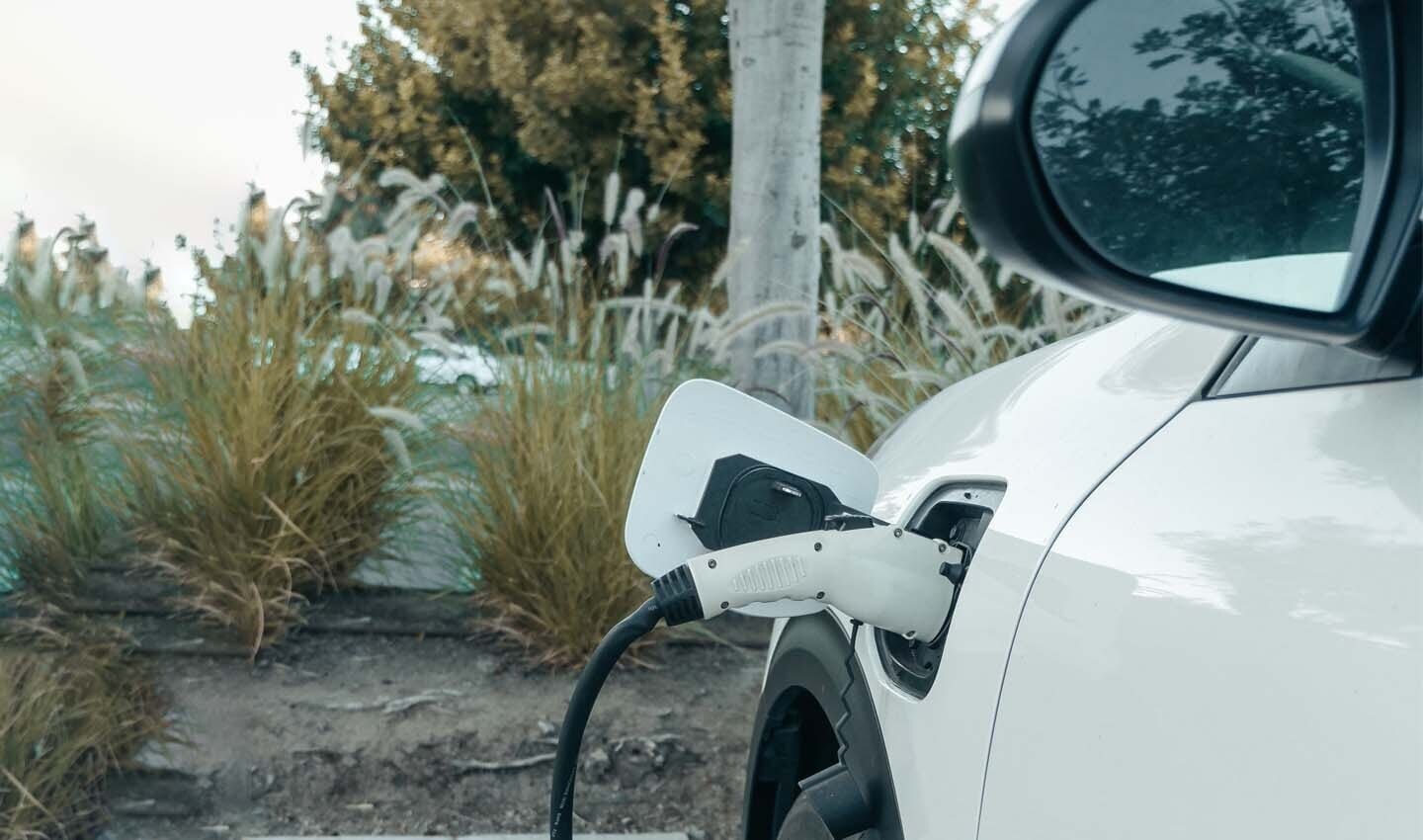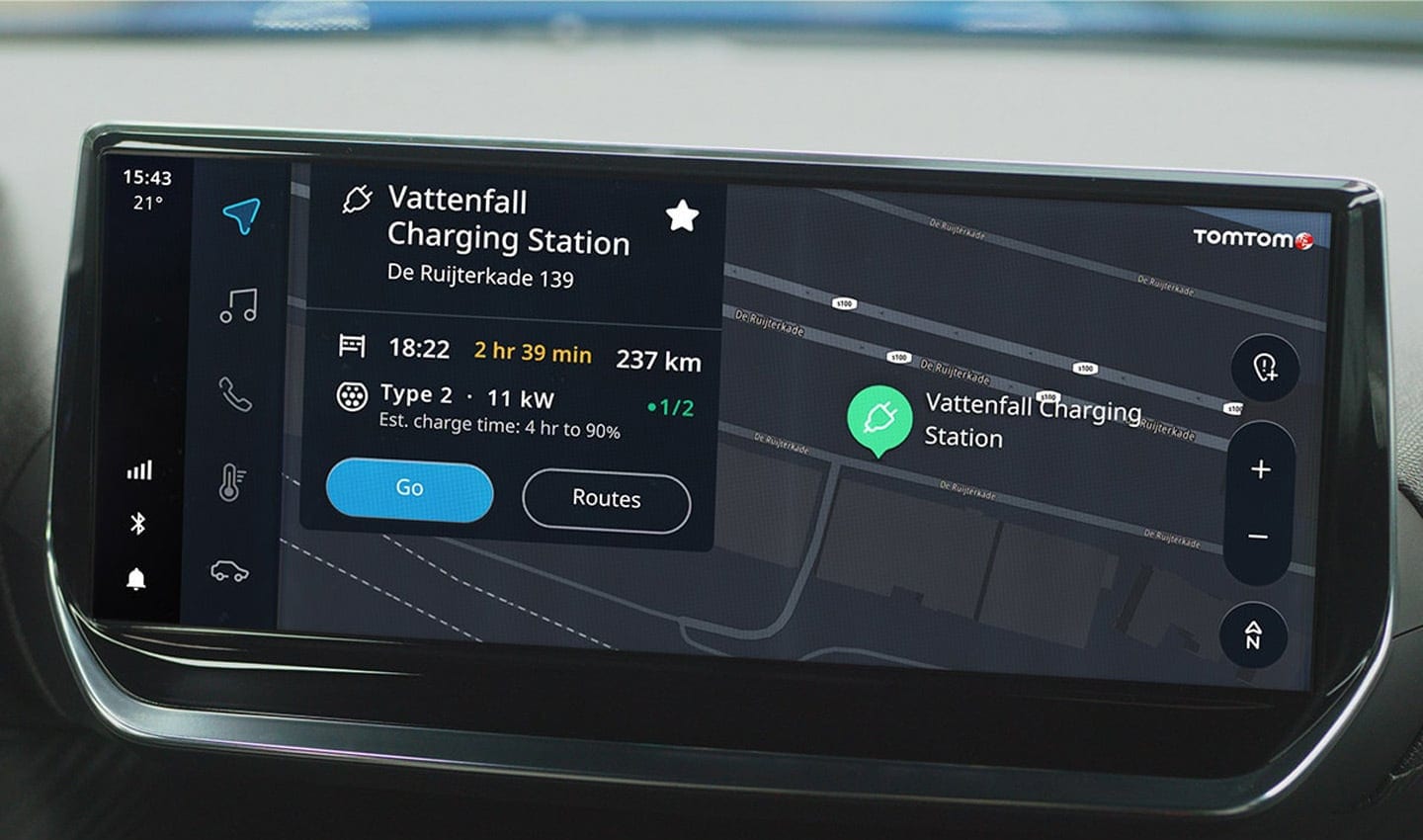
Picture this: you’re on your annual family road trip. The kids are screaming in the backseat. Someone’s spilled a cup of juice on the leather seats, and in an attempt to create some sort of atmosphere besides utter chaos, music is blaring on the radio. You’re stressed, your hair is a mess and you needed a coffee top up five hours ago.
And then.
You look down at your car battery. You’re running low. A child grabs your attention, demanding are we there yet, are we there yet, are we there yet? You look at the battery again. What happens now? As far as you know, there isn’t another charging station anywhere nearby. Are you going to get stuck?
The scenario outlined above is a worst case, a ‘what-if’ that resides in many EV owners' minds. It’s so common that it's even got a name: range anxiety.
Forbes reports that when making a decision to buy an EV, range is often a top consideration, with higher ranges placing customers more at ease. Many prospective car owners cite it as one of the main reasons they avoid EVs and opt for familiar gas cars instead. However, the range of EVs has increased over 15% in the last couple of years, and as they become more common on the road, the amount of charging points available have begun to increase as well.

EVs have increased their range by 15% in the past several years.
EVs are the future.
Recently, the US government allotted $5 billion from the infrastructure bill towards building EV charging stations. The aim is to put an EV charger around every 50 miles on national highways. Biden’s plan is to create more fast-charging EV stations, as well as adding 500,000 more conventional charging stations.
Since EVs are on their way to becoming the norm – automakers have announced their plans to phase out combustion vehicles by 2035, or even as early as 2025 – it’s vital that the general public become more trusting and secure as to how their EV will function. Range anxiety is a well-founded fear – haven’t we all gotten nervous when our phones have reached that uncomfortable 5% with no charger nearby? However, there are stopgaps in place to prevent an EV user from finding themselves stranded, perhaps on, say, a rather disastrous family trip that has resulted in spilled juice, screaming children and a lack of caffeine.
For instance, navigation systems can be utilized to make sure that your journey can be completed on the amount of charge you have when setting off. Navigation systems now integrate charging stations into the route plan, which will let you know if you can complete the journey without being unexpectedly stranded.
Navigation apps are constantly updating – TomTom is one such example, and as a result will have advanced knowledge of the landscape, taking uphill journeys that will strain the car’s battery into account.
Most EVs can now drive up to 400 km on a single charge. To add to that, research found that most drivers in the US average only 37 miles daily, meaning that their EVs would only need to be charged twice a week. The EV industry is constantly innovating, with Norwegian company Fresco Motors announcing the launch of its newest EV, which will be able to drive up to 1,000 km on a single charge. Range anxiety is a worry founded in distrust of the unfamiliar, the fear that new technology will not be reliable. But with EVs becoming increasingly reliable and superior compared to gas cars, range anxiety will soon be just as outdated.
 TomTom EV Routing integrate scharging stations into the route plan.
TomTom EV Routing integrate scharging stations into the route plan.Solutions for range anxiety
But assuaging the still very present and kicking range anxiety that thrives in many potential EV users' minds is more than doable. There are plenty of solutions to range anxiety, such as buying a plug-in hybrid vehicle if you do a lot of long journeys, installing a charger at home and ensuring you're fully charged every day or even renting a car with greater range for those infrequent long trips. EV owners even have the option of joining national charging station networks such as Chargepoint or Electrify America. These networks provide access to charging stations and offer apps that tell drivers where the nearest charging point is - useful for when you’re not in your vehicle planning your route.
Someday, we won’t have to worry about range, because we'll become so used to seeing EV chargers that we'll be comfortable in the knowledge that we're never too far away from one. Of course, this will vary around the world. The Netherlands has the greatest amount of charging stations in the EU at 30%, but in places like rural Nebraska, the density of chargers is a different story.
Sustainability outweighs range anxiety
Ultimately, when thinking about buying an EV, range anxiety will become less of a major ‘con’ and instead be relegated to a more minor concern. Infrastructure is constantly changing and updating, and with EVs becoming a more integral part of our society, they will only become easier to use and live with.
In the meantime, consider the ‘pro’ list, namely their sustainable nature and how increasing EV usage by only a small amount could see many of the world’s biggest cities reduce their C02 emissions by a significant number.
People also read
)
The complexity of fixing range anxiety
)
See the true environmental cost of inner-city congestion with TomTom Traffic Index
)
More than 20 years of mobile mapping, here’s how it began
* Required field. By submitting your contact details to TomTom, you agree that we can contact you about marketing offers, newsletters, or to invite you to webinars and events. We could further personalize the content that you receive via cookies. You can unsubscribe at any time by the link included in our emails. Review our privacy policy. You can also browse our newsletter archive here.
)